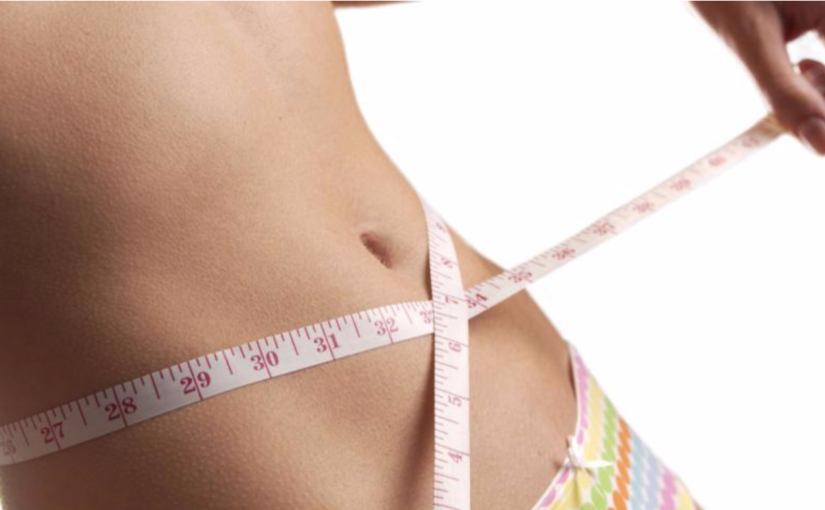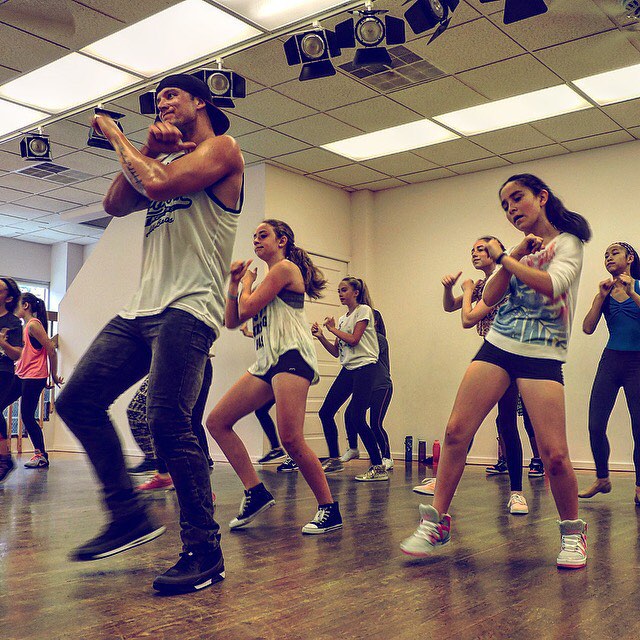By Jill Swenby
One of the biggest concerns for professional dancers is injury. For this reason, it is vital that professional dancers take as much care as possible to prevent injury. The Harkness Center for Dance Injuries at the NYU Medical Center, founded in 1989, is aimed at helping dancers do just that. With its innovative Injury Prevention Assessment program, Harkness is utilized by several dance companies and Broadway shows in New York.
Alison Deleget, MS, ATC is a certified athletic trainer for Harkness. (Visit www.nata.org for more information on athletic trainers.) Ms. Deleget works individually with dancers and also travels to studios around New York giving lectures on how to prevent injuries, the common causes of injury, and basic nutritional information. We recently talked to Ms Deleget about the Harkness Center and recommendations for dancers to prevent injury.
How does the Harkness Center for Dance Injuries work?
The Harkness Center has a one-of-a-kind Injury Prevention Assessment program, which is a free service offered to dancers. They can be seen by me for a one-hour, one-on-one assessment of their bodies to identify any muscle imbalances, weakness, tightness, alignment problems, etc. that may put them at an increased risk for injury, and are given a home exercise program to address these issues and ideally prevent injury occurrence. We also discuss nutrition, social habits, survival jobs, warm-up and cool-down practices, etc. to help the dancer get an understanding of how issues outside of their bodies may contribute to dance injuries as well.
What are some of the most common injuries for dancers?
Chronic injuries (the “itis” injuries: tendinitis, bursitis, etc) are by far the most common type of injury seen in dance. Approximately 65% of all dance injuries fall into this category.
How can these injuries be prevented?
Since dance injuries are such a multi-factorial problem, meaning there are lots of different factors that can cause injury, it is hard to say briefly how to prevent them. For chronic injuries, some of the most important things that can be done are to eat a healthy diet, get enough sleep, cross-train with exercise like Pilates or Yoga to keep the body balanced, and try to work as correctly as possible with dance technique. Also, no matter what the dance technique, it is important for dancers to know their own bodies, and accept the limitations they may have as well as the assets they have. Anyone can learn to work with their body, but they have to know and acknowledge what their body can do before they can learn to work with it.
What other tips can you give dancers for staying healthy?
One additional piece of advice would be to get help for an injury BEFORE it turns into a chronic problem that can take months or years to correct. It is important to seek out medical professionals that are familiar with dance and can provide the specific treatments and advice dancers need to recover from injury.
About what percentage of dancers are able to recover? How long does recovery take on average?
Dancers can recover from almost any injury sustained, but some more severe injuries may take a year or more to recover; whereas less severe injuries may only take a few days or weeks to recover. Also, the nature of the injury plays a huge role in the length of recovery. A dancer who has suffered from chronic tendinitis for years may take longer to recover than a dancer who is just beginning to feel the symptoms and seeks early treatment for the problem. The most time consuming injuries are typically traumatic injuries such as an ankle sprain, meniscal tear, or ACL tear. These injuries may need surgery to repair the damage sustained in the injury, and rehabilitation can last for several months. The most important thing for any dancer to know is that with proper care, they can come back from almost any injury.
Do you see many injuries recurring in the same dancer?
We see dancers who have recurring ankle sprains more often if they did not get adequate treatment after the initial injury. With chronic injuries, dancers can sometimes suffer from the same “injury” for months or years, but the severity of the pain flares up and diminishes over time. Injuries like this will flare up when the dancer comes back from an extended break, or when they begin rehearsing extremely taxing choreography that is new to their body. With proper management, these flare ups can be minimized, and ideally, eliminated.
Are there any other major factors in injury prevention?
The most important message dancers should hear about injury prevention is that it involves every aspect of their lives, not just what they do in the studio. Nutrition, rest, psychological support, cross training, survival jobs, etc. all impact dance injury occurrence. In the studio, it is important to have a set routine of warm-up exercises to target the muscles needed for dance, and a cool-down program to stretch out tight, tired muscles and allow the body to recover from dance.
For more expensive health care needs, such as surgery, physical therapy, or diagnostic tests such as an MRI, dancers can apply for the Special Assistance Fund to help cover costs. For more information visit the Harkness website at http://www.med.nyu.edu/hjd/harkness/patients/finance.html.


